Everything CES 2020 taught us about the exciting future of autonomous cars
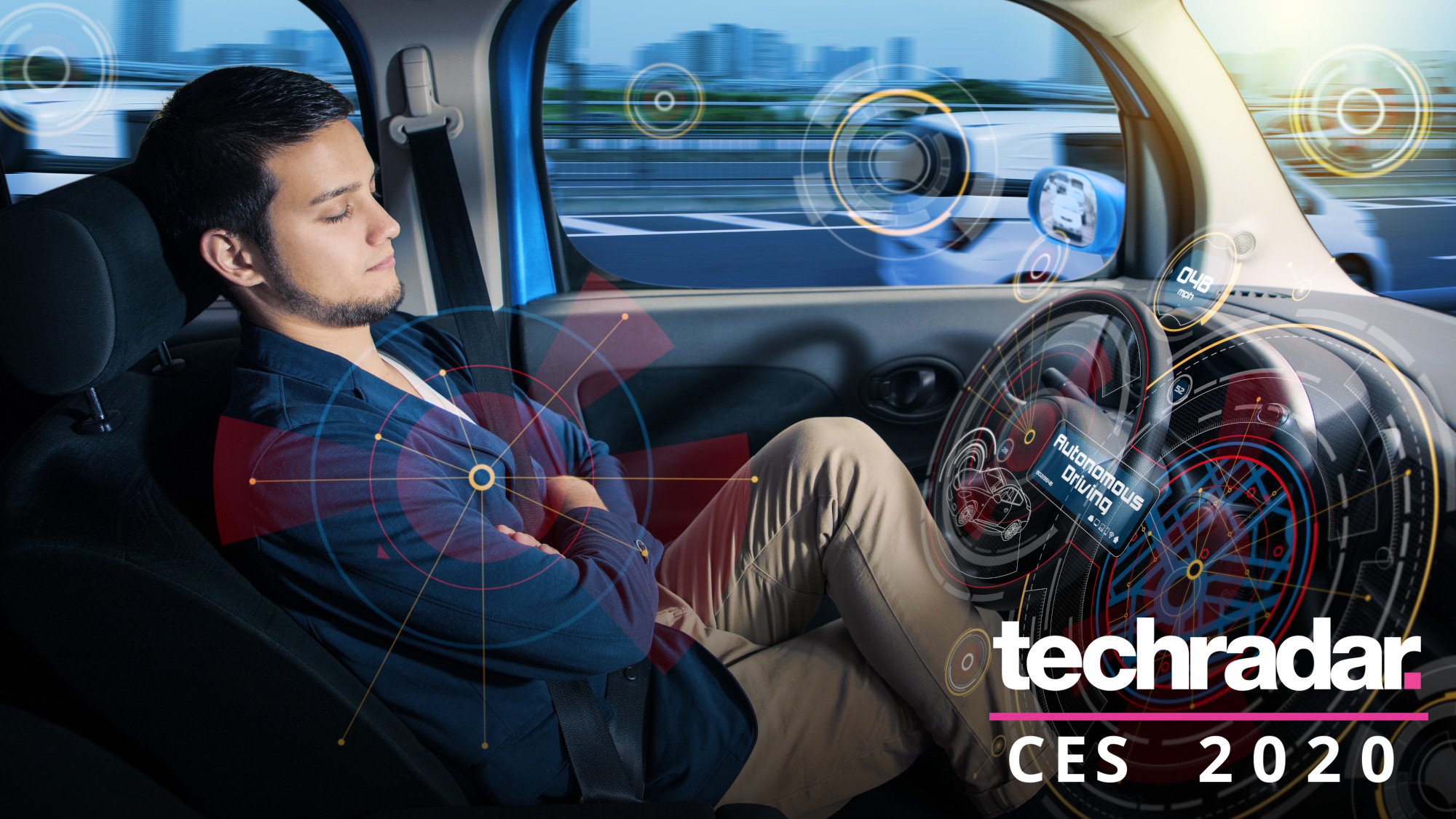
Fully autonomous cars aren't quite ready to roam the streets unsupervised yet, but at CES 2020 automakers from around the globe gathered to show just how close they're getting to delivering on years of promise.
Here's our complete guide to the current state of self-driving tech, direct from the show floor...
Safety first
One of the biggest surprises of CES 2020 was the Sony Vision-S – a concept car built with a little help from the likes of Bosch, Blackberry, Nvidia and Qualcomm, and fitted with 33 sensors to not only spot hazards, but also detect driver fatigue. If it spots you nodding off, the car could issue a warning, correct your course, or even go autonomous to keep you safe.

It’s similar to a system Volvo demonstrated last year, which uses a small camera fitted to the car’s rear-view mirror to detect signs of fatigue or intoxication. If you’re not concentrating at the wheel, the car can give you a spoken warning, put you through to Volvo on-call assistance, or even pull over somewhere safe.
Meanwhile, Yandex (a company that’s essentially the Russian Google) came to CES with an automated Toyota Prius that whisked visitors around the city streets without a backup driver keeping their hands on the wheel.
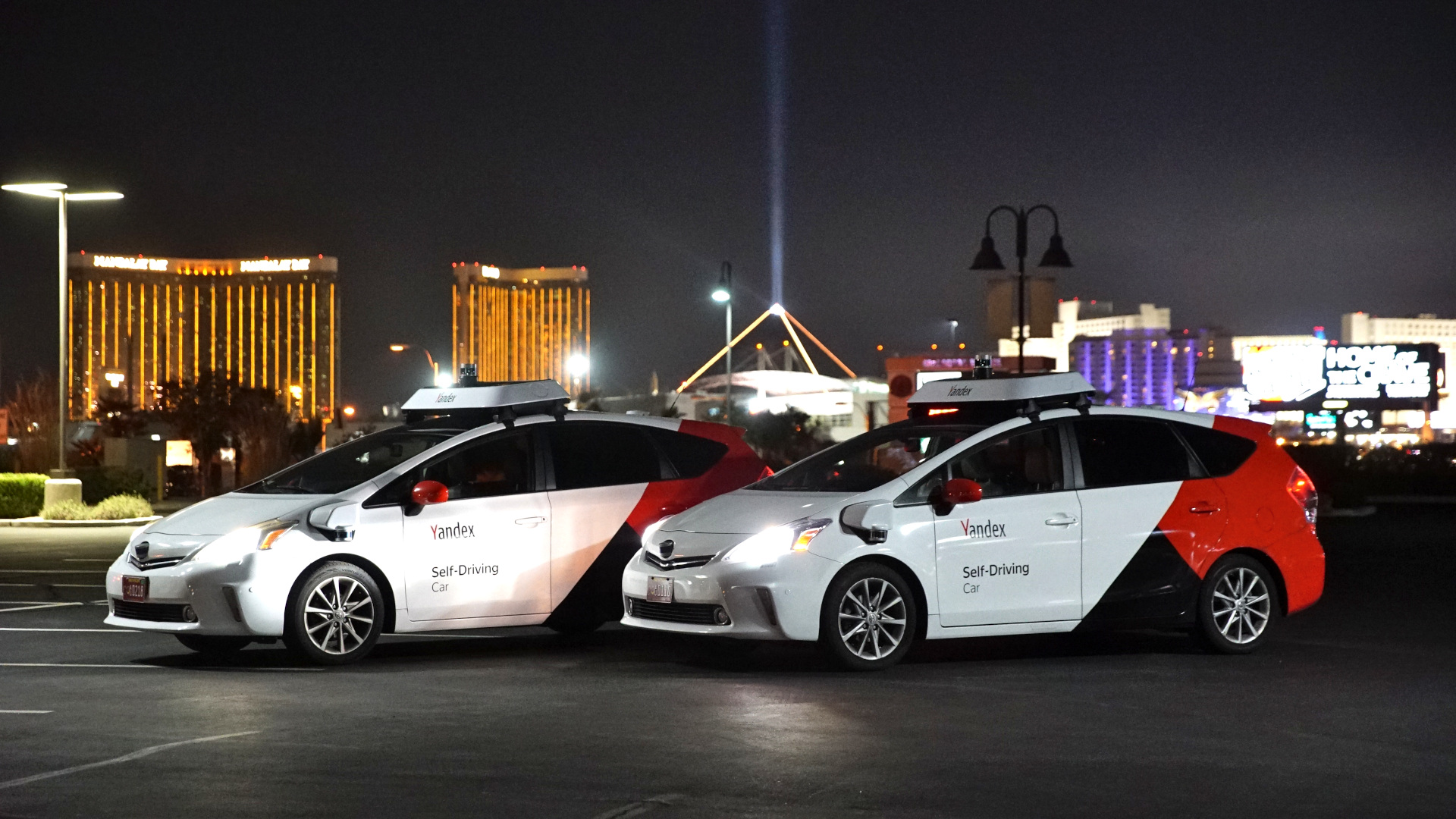
According to Wired, the company arrived in Las Vegas two weeks early to map out the streets and annotate obstacles by hand, and had a safety driver on hand with an emergency brake button just in case, but it was still an impressive display of trust.
Are you not entertained?
BMW used CES 2020 to demonstrate how full autonomy can make travel a more lazy and luxurious experience. Rather than an entire car, it brought a mock-up of a cabin it calls BMW i Interaction Ease.
Sign up for breaking news, reviews, opinion, top tech deals, and more.
Visitors were encouraged to lie back in Zero G loungers, which can recline up to 60 degrees while still keeping you safe in an accident. Gaze recognition allows the in-car virtual assistant to respond appropriately depending on where you’re looking (at a restaurant outside, at the window, or at the sunroof for example) without you lifting a finger.
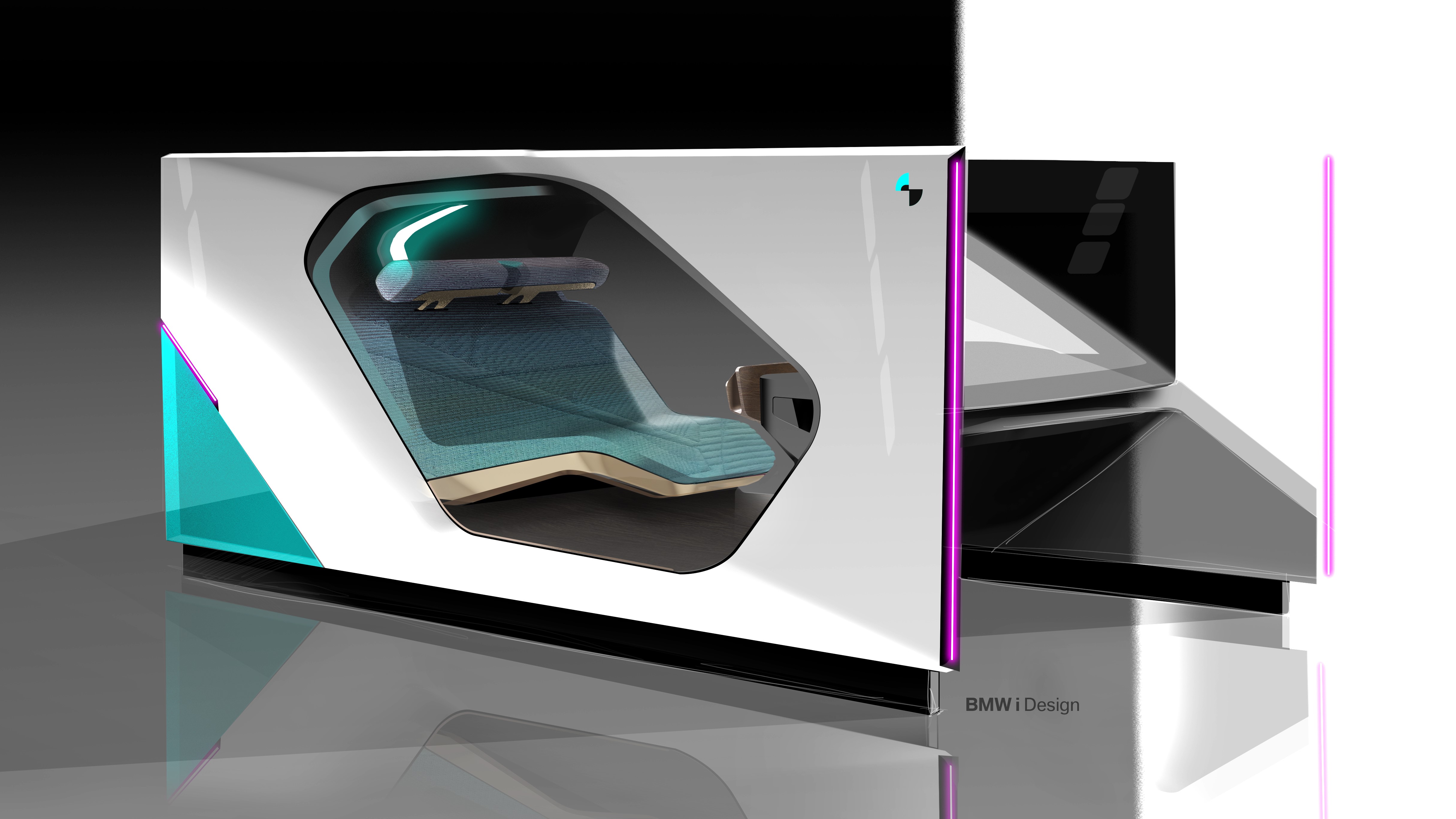
It’s a lovely experience, but we can’t help being reminded of the tech shows of old that promised us how by 2020 we’d all be living a life of leisure, with machines handling the daily grind while we looked for pleasant ways to fill out free hours. We’re more inclined to expect autonomous cars equipped with desks and espresso machines, serving as mobile offices to ensure that not a second of potentially productive time is wasted.
That doesn’t mean we won’t appreciate some good music though, and the Sony Vision-S concept’s 360-degree audio seems like an excellent fit for a car in which everyone’s a passenger.
Finding the right path
Navigation has long been one of the biggest challenges for autonomous cars, with companies developing their own mapping systems and often duplicating one another’s work, with no consistency between platforms.
Now, however, we’re starting to see the introduction of software-as-a-service systems, which any automaker can integrate into their products without developing a tool of their own.
At CES 2020, HERE Technologies announced that HERE Navigation on Demand is now available for manufacturers to integrate into infotainment systems. Manufacturers will be able to monitor the software after it’s installed, and send updates over the air.
Navigation on Demand also offers Alexa pre-installed, so we should see Amazon-powered controls arriving in a lot more cars in the near future

HERE Navigation says its technology is already embedded in over 100 million vehicles around the world, but the launch of Navigation on Demand software as a service (SaaS) means there's now a one-stop mapping solution available that will work right off the shelf.
This should reduce the costs and complexity of building self-driving cars, and ultimately give customers more choice when shopping for their next vehicle.
Hardware under the hood
Qualcomm (the company that probably made your phone’s processor) is moving into the self-driving market with a new hardware platform called Snapdragon Ride. It’s designed to power all levels of autonomous driving, from active safety tools like autonomous braking and road sign recognition, all the way through to fully self-driving taxis.
The platform comprises Snapdragon Ride Safety system-on-chips (SoCs), Snapdragon Ride Safety Accelerator, and Snapdragon Ride Autonomous Stack, and could lead to a dramatic drop in the price of autonomous vehicles.
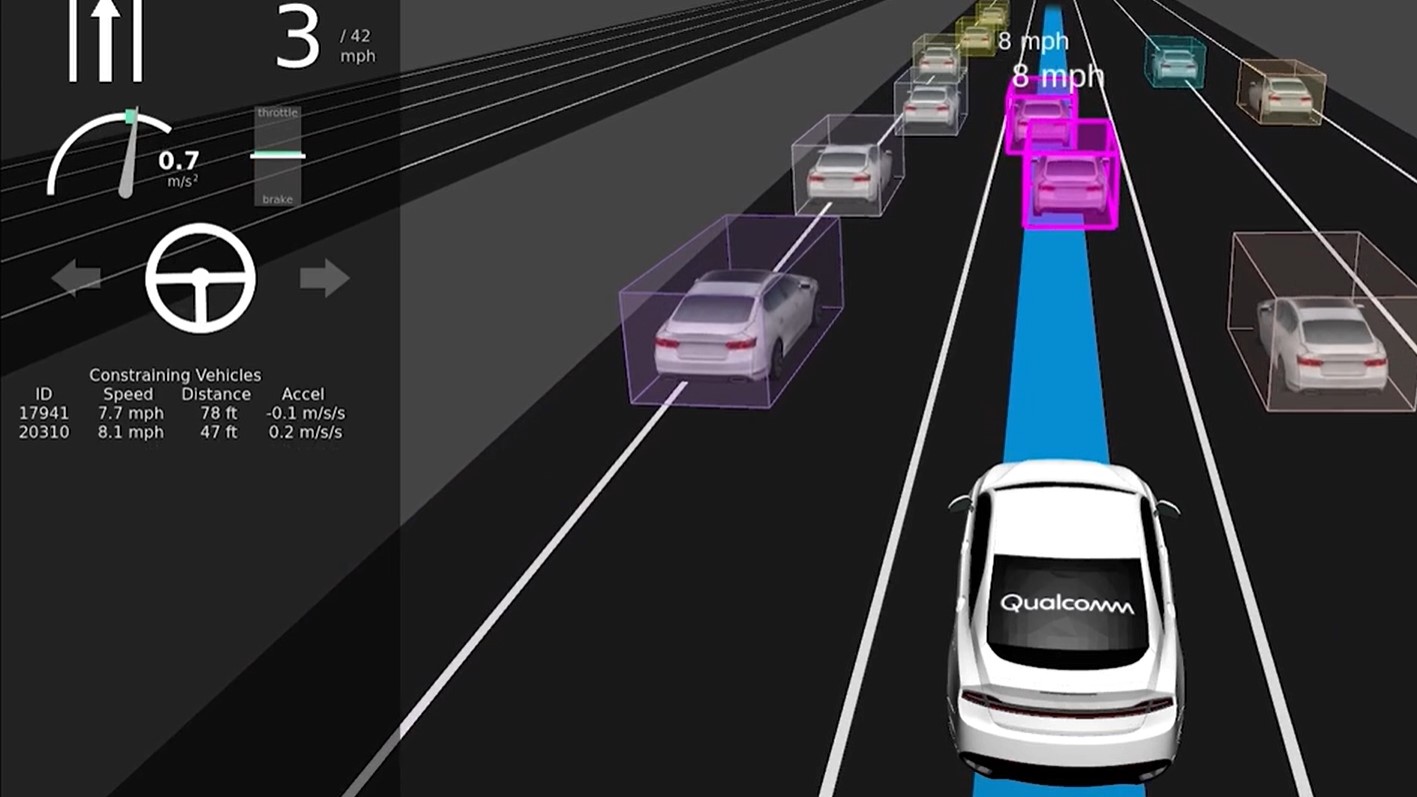
Having a platform available off-the-shelf should help cut development costs, but there are also other savings to be had. For example, Snapdragon Ride’s impressive heat efficiency enables designs that can use passive air cooling, which is both simpler and less expensive than water cooling – hopefully this will result in a saving that will be passed down to customers.
Real-world driving (sort of)
Another major challenge for autonomous cars is testing; it's important to trial them in unpredictable environments, but in a safe and controlled way.
To help solve this issue, Toyota announced a plan to build an entire ‘city of the future’ at the base of Mount Fuji in its home country of Japan. Woven City will be situated on the site of an old Toyota factory, and will be a ‘living laboratory', where researchers will be able to test robotics, autonomous cars, AI and other technologies in a controlled environment, and see how they interact with humans.
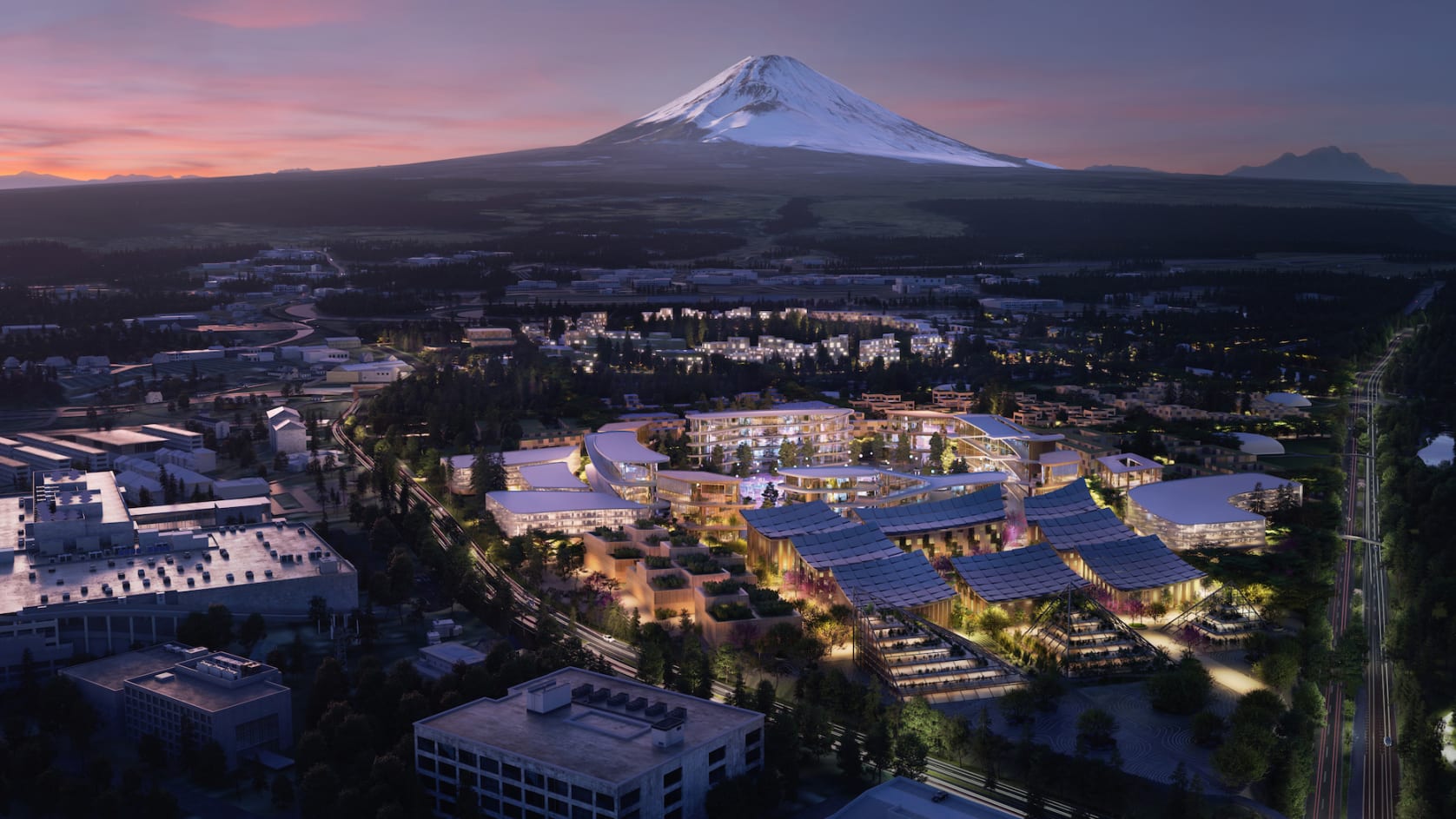
This won’t be the first purpose-built town of its kind – Google is planning to build a high-tech ‘city within a city’ on a 12-acre patch of Toronto’s waterfront. If all goes according to plan, Google Sidewalk Toronto will feature public Wi-Fi, streets designed to minimize car use, and systems to collect ‘urban data’ such as traffic figures.
However, not everyone is happy with the idea of Google gathering so much information about the public, and the company has already had to make several concessions, including stepping back and allowing Waterside Toronto to take the lead in designing and implementing infrastructure.
Hopefully, Toyota’s experience of developing its Higashi-Fuji research facility in Shizuoka means its plans will be more warmly received, and construction robots will be able to start assembling Woven City’s all-wooden buildings next year.
- Check out all of TechRadar's CES 2020 coverage. We're live in Las Vegas to bring you all the breaking tech news and launches, plus hands-on reviews of everything from 8K TVs and foldable displays to new phones, laptops and smart home gadgets.

Cat is TechRadar's Homes Editor specializing in kitchen appliances and smart home technology. She's been a tech journalist for 15 years, having worked on print magazines including PC Plus and PC Format, and is a Speciality Coffee Association (SCA) certified barista. Whether you want to invest in some smart lights or pick up a new espresso machine, she's the right person to help.